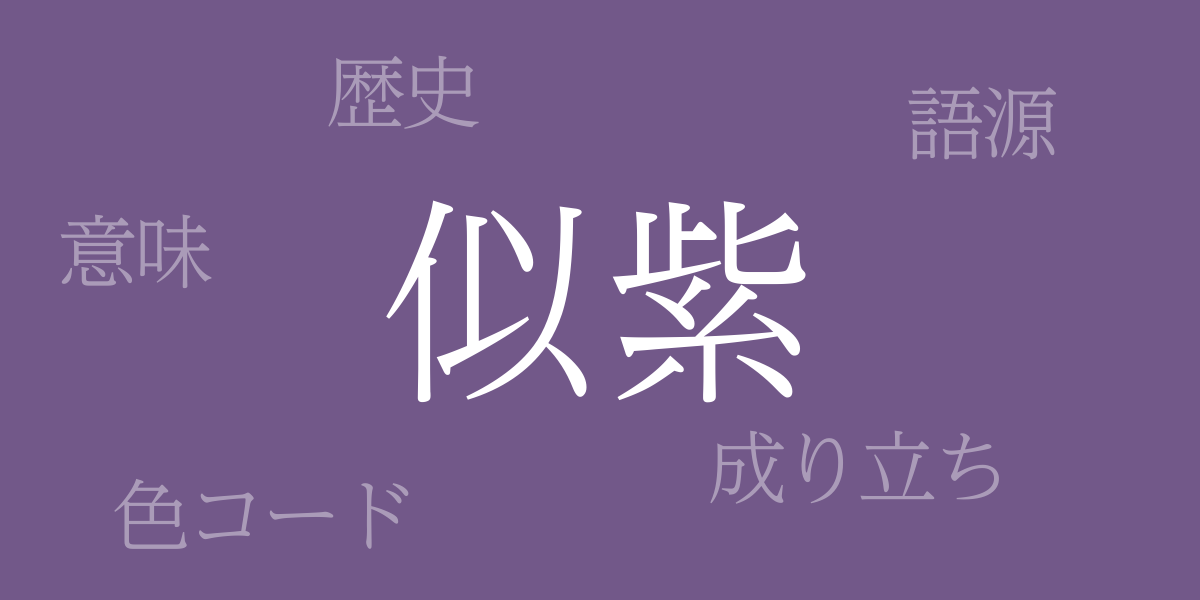Color is like a mirror reflecting emotions and culture, and Japan’s rich traditional colors vividly represent its history and culture. One such color is ‘Nise Murasaki (似紫 – にせむらさき)’, which has deeply influenced Japanese history and showcases its unique color culture. This article delves into the captivating world of Nise Murasaki, exploring its significance, history, and modern applications.
About Nise Murasaki (似紫 – にせむらさき)
Nise Murasaki (似紫 – にせむらさき), a deep purple with a slight hint of red, is one of Japan’s traditional colors. The term ‘Nise’ does not mean ‘similar’ but originates from an archaic word meaning ‘muddy’, thus referring to a ‘muddied purple’—a deep, non-pure shade of purple. This color exudes a calm yet mysteriously alluring presence, making it a favorite in traditional garments like kimonos and Japanese paintings.
The History of Nise Murasaki
The history of Nise Murasaki dates back to the Nara period and became widely used during the Heian period when purple was a symbol of nobility. Nise Murasaki emerged as an alternative. In the Edo period, as purple dyes were expensive, Nise Murasaki became popular among the common people, adapting its role through the ages and embedding itself in the lives of the Japanese.
Nise Murasaki Color Codes
In the digital age, accurate color representation is crucial. Below are the color codes for Nise Murasaki:
- HEX: #725889
- RGB: R:114 G:88 B:137
- CMYK: C:16.8 M:35.8 Y:0.0 K:46.3
Western Name for Nise Murasaki
In the West, Nise Murasaki is often referred to as ‘Japanese Violet’. This name is used to denote this unique shade within the Western color system. Occasionally, Nise Murasaki is also introduced as ‘Murasaki’, which means purple in Japanese, although it can refer to a different shade.
Conclusion on Nise Murasaki
Nise Murasaki, with its historical depth and rich hue, stands out among Japan’s traditional colors. Even today, this color is prominent in fashion, design, and art, serving as a crucial element in conveying Japan’s heritage. Utilizing Nise Murasaki in digital and physical designs can add a touch of sophistication and tranquility.

























